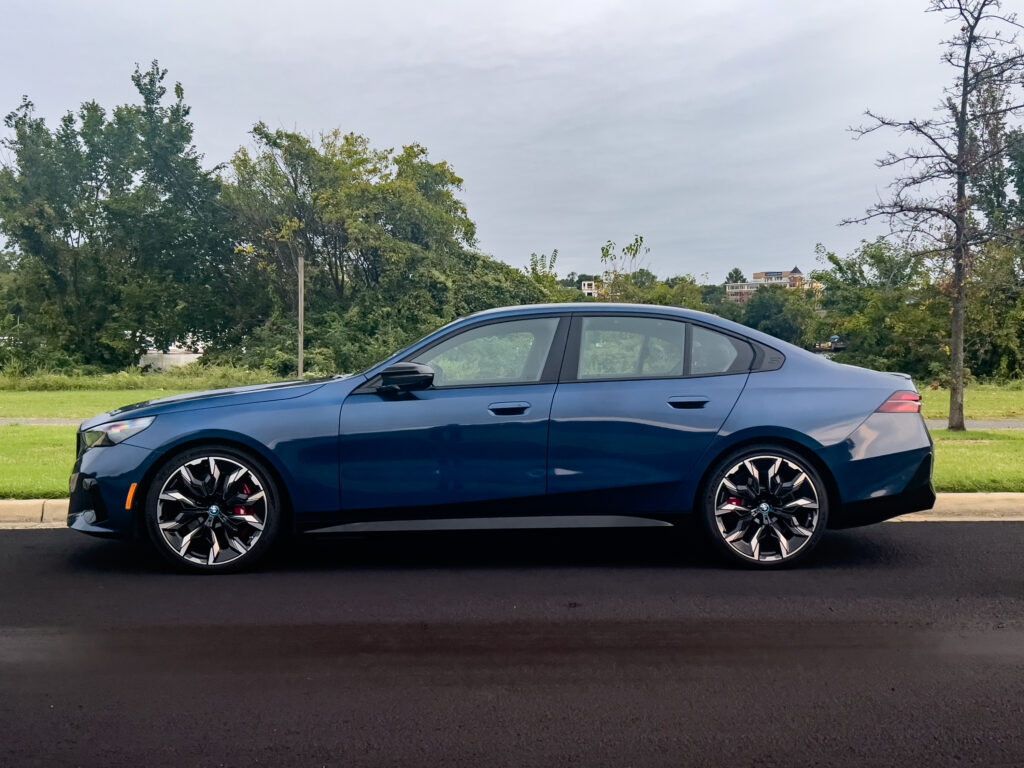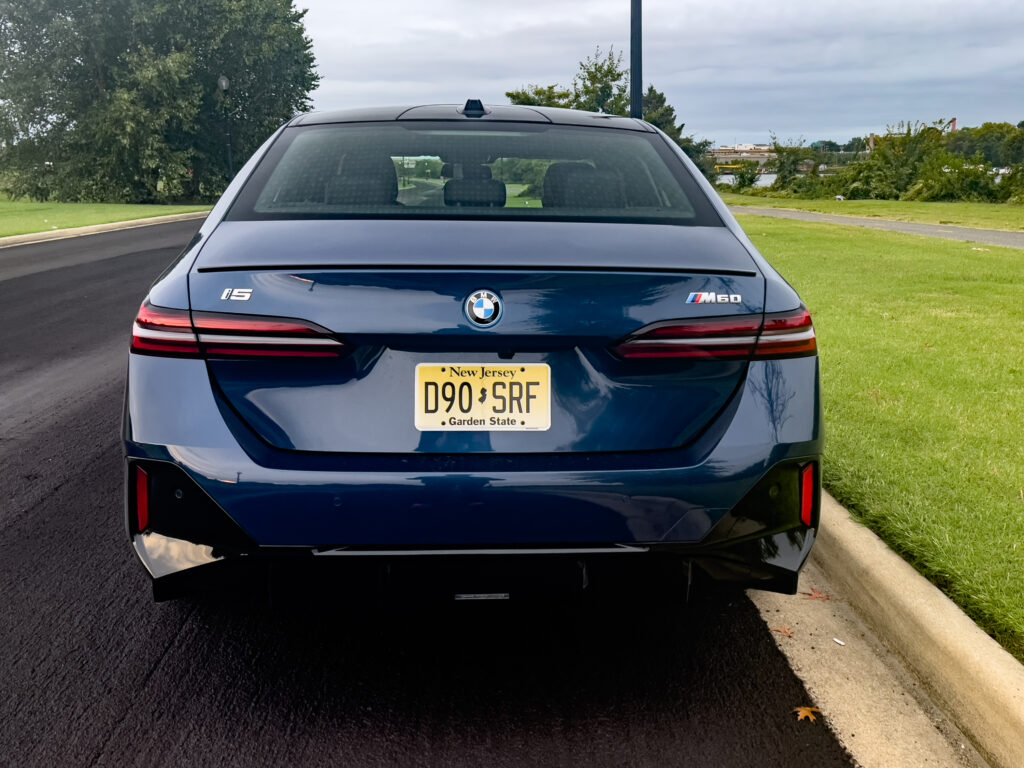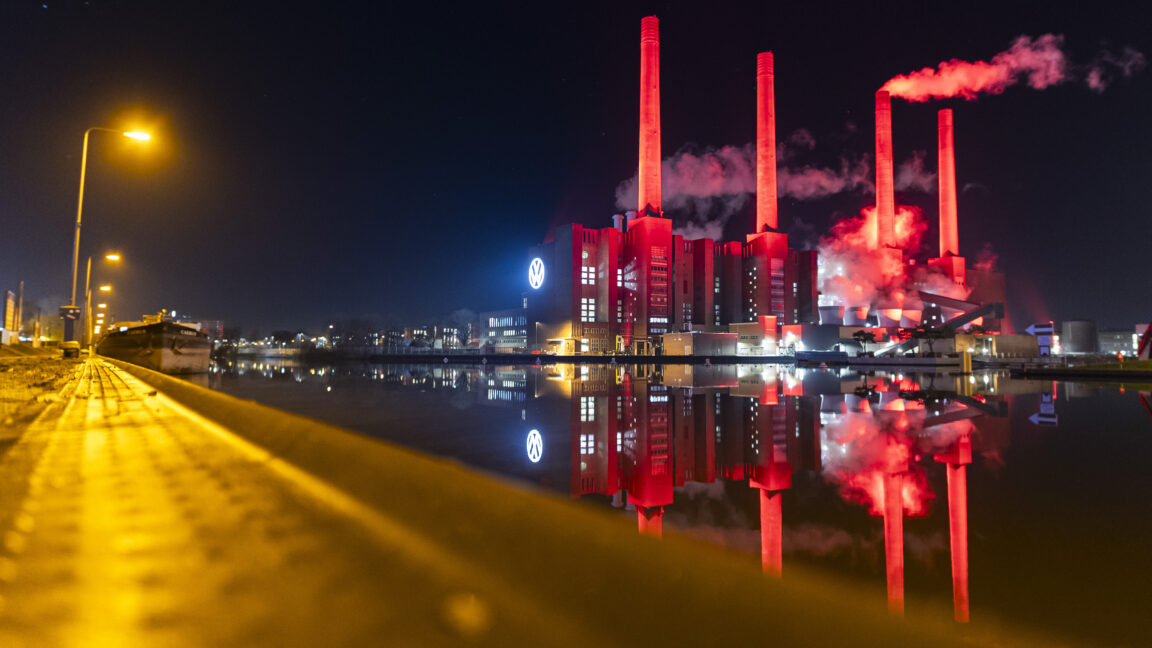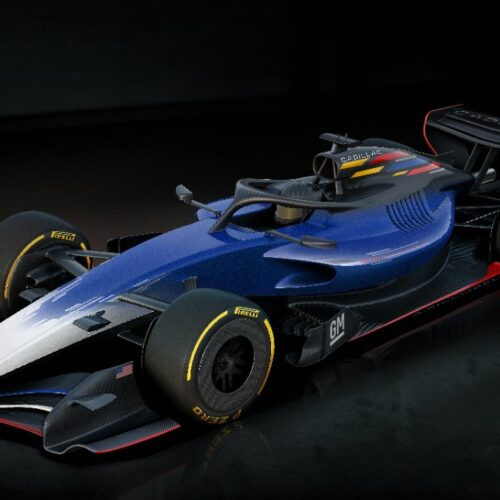Honda and Nissan to merge, Honda will take the lead
Beleaguered automaker Nissan is going to throw its lot in with Honda. The two Japanese OEMs want to merge by 2026, creating the world's third-largest car company in the process. In fact, earlier this year the two signed memorandums of understanding to create a strategic partnership focused on software and electrification. Now, the changing business environment calls for deeper integration, they say.
"Today marks a pivotal moment as we begin discussions on business integration that has the potential to shape our future. If realized, I believe that by uniting the strengths of both companies, we can deliver unparalleled value to customers worldwide who appreciate our respective brands. Together, we can create a unique way for them to enjoy cars that neither company could achieve alone," said Makoto Uchida, Nissan's president and CEO.
"Creation of new mobility value by bringing together the resources including knowledge, talents, and technologies that Honda and Nissan have been developing over the long years is essential to overcome challenging environmental shifts that the auto industry is facing" said Honda director Toshihiro Mibe. "Honda and Nissan are two companies with distinctive strengths. We are still at the stage of starting our review, and we have not decided on a business integration yet, but in order to find a direction for the possibility of business integration by the end of January 2025, we strive to be the one and only leading company that creates new mobility value through chemical reaction that can only be driven through synthesis of the two teams."
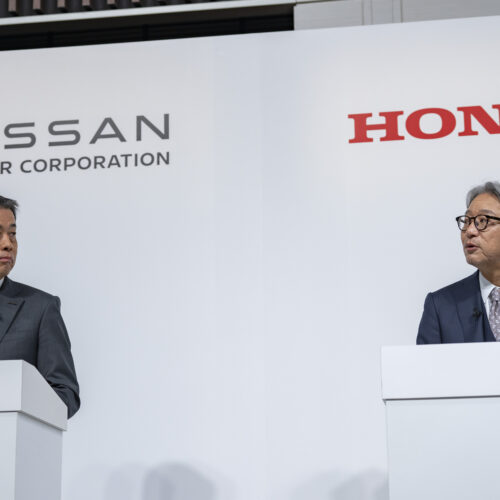

© Nissan/Honda






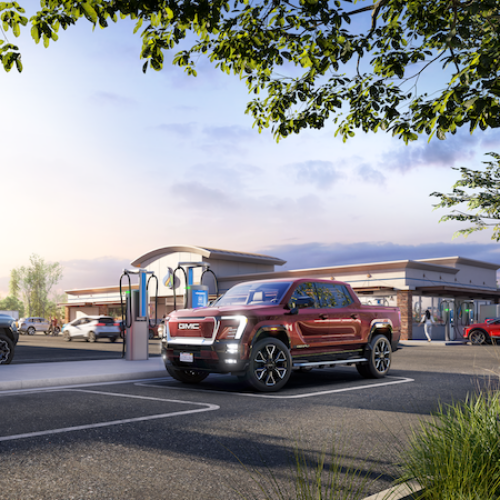




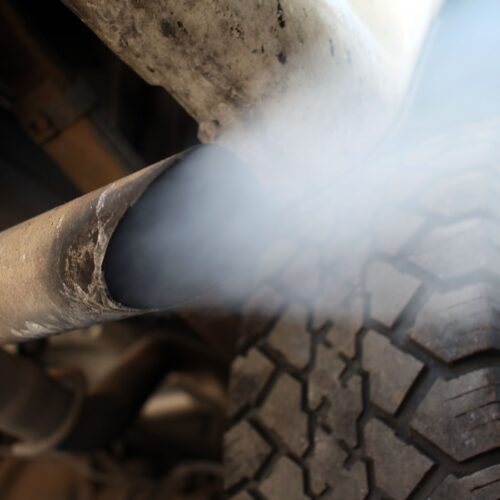



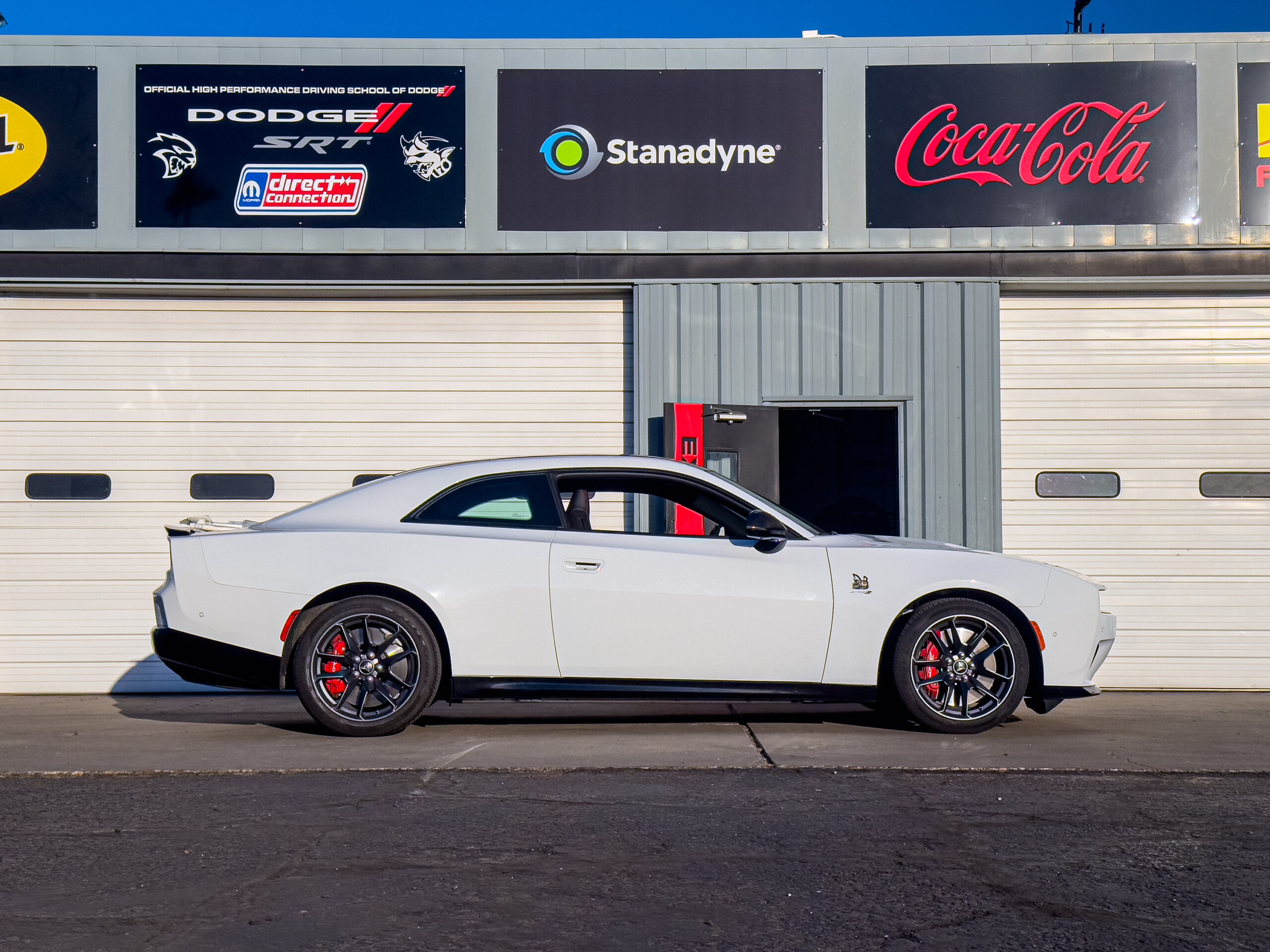 The Charger Daytona name is just for the BEV variant—when the straight-six Charger debuts next year it won't be a Daytona.
Credit:
Jonathan Gitlin
The Charger Daytona name is just for the BEV variant—when the straight-six Charger debuts next year it won't be a Daytona.
Credit:
Jonathan Gitlin









